AN ENLIGHTENING BIENNIAL – UNA BIENNALE ILLUMINANTE | VENEZIA
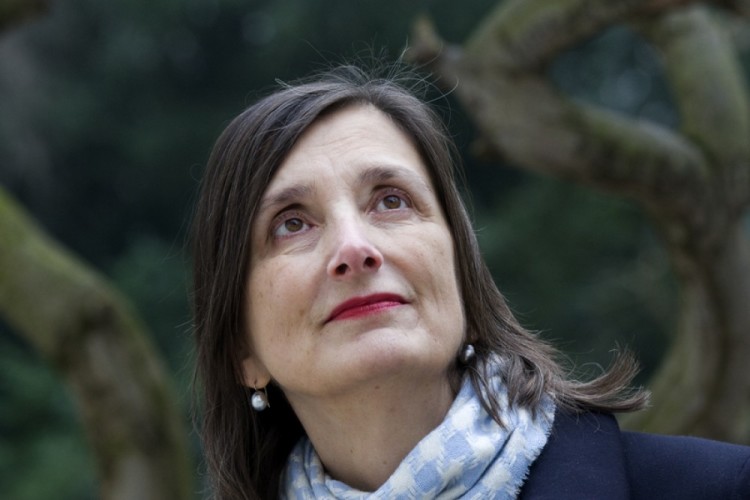
la Biennale di Venezia
54th International Art Exhibition
ILLUMInazioni – ILLUMInations
Venice (Giardini and Arsenale), June 4th – November 27th, 2011
Preview June 1st, 2nd and 3rd, 2011
Text by Vittoria Biasi – translated by Salvatore Rollo. All Texts are 1F mediaproject copyright. All Rights Reserved.
An Enlightening Biennial
The first press conference made official the guidelines for the 54th International Art Exhibition, grouping the shows in such a model as to create some expositive mainstays, as per the definition given by Mr. Paolo Baratta President of the Biennial Exhibition in Venice.
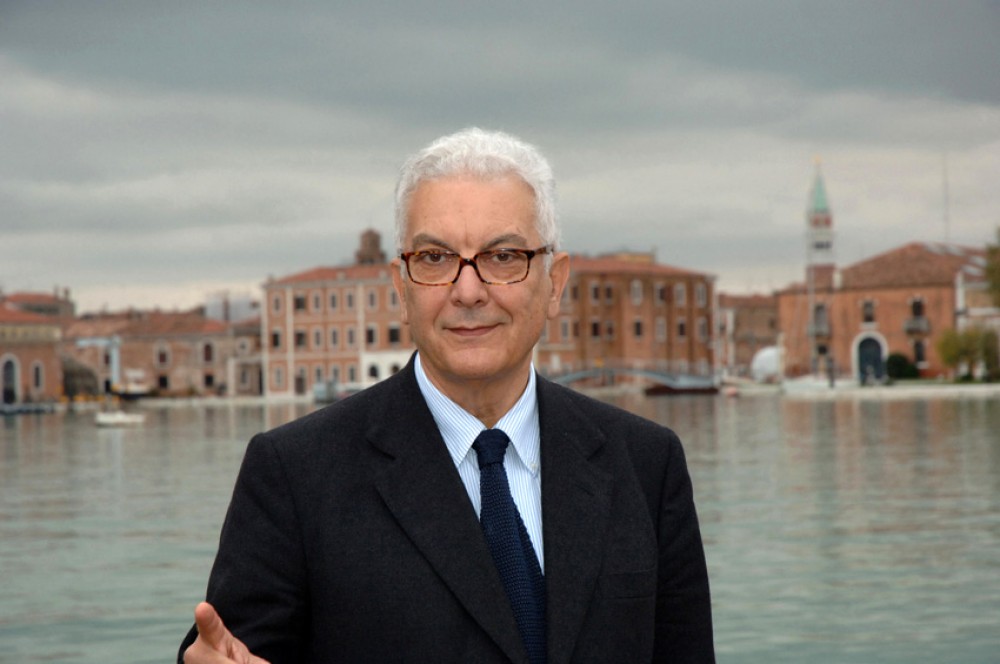
The first mainstay is composed of those countries attending permanently the Exhibition (a total of 28 Pavillons and 30 regular countries). Spaces are added inside the dockyard or around Venice. The countries that have confirmed the participation are 88 and if Japan will participate we will be excited to pay a visit to Tabaimo’s works (his real name is Ayako Tabata).
The second mainstay is composed of the Biennial Curator Bice Curiger’s International Exhibition. In the exhibition, for the first time, she brings a path of light made around a philological study including the contemporary languages.
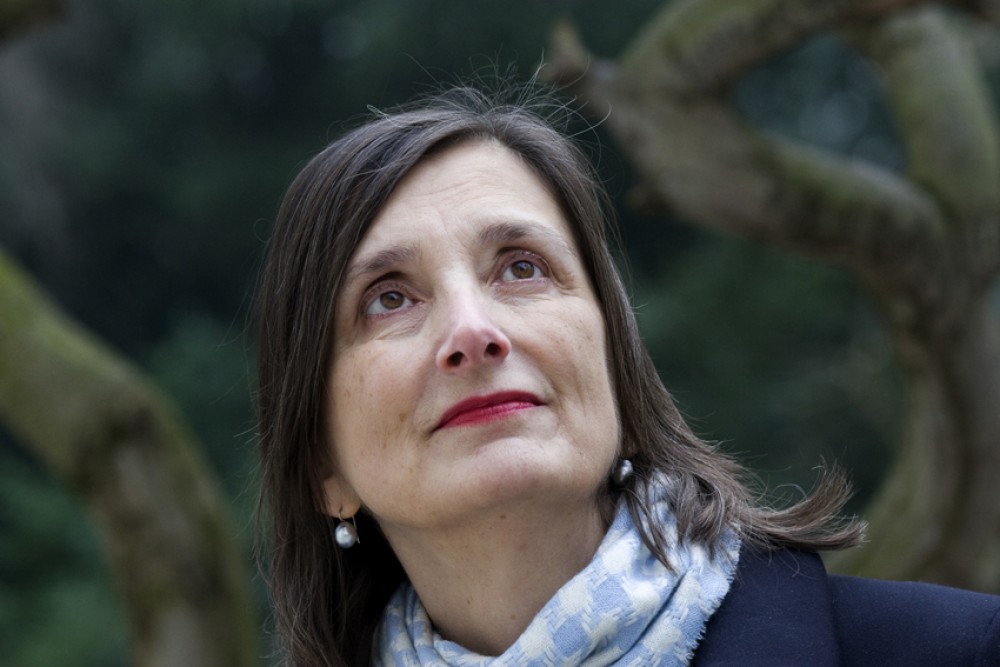
The third mainstay is the Italian Pavillon attended by Mr. Vittorio Sgarbi who made the Biennial eyes open upon the real world of the Italian artists which live abroad and giving prominence to those Educational Institutions representing the cultural survey abroad, to the non profit and other institutions, Academies, Universities and schools involved in an artistic-creative programme. The Biennial is intended as a centre and a chance of active participation to the passing of the exhibition months.
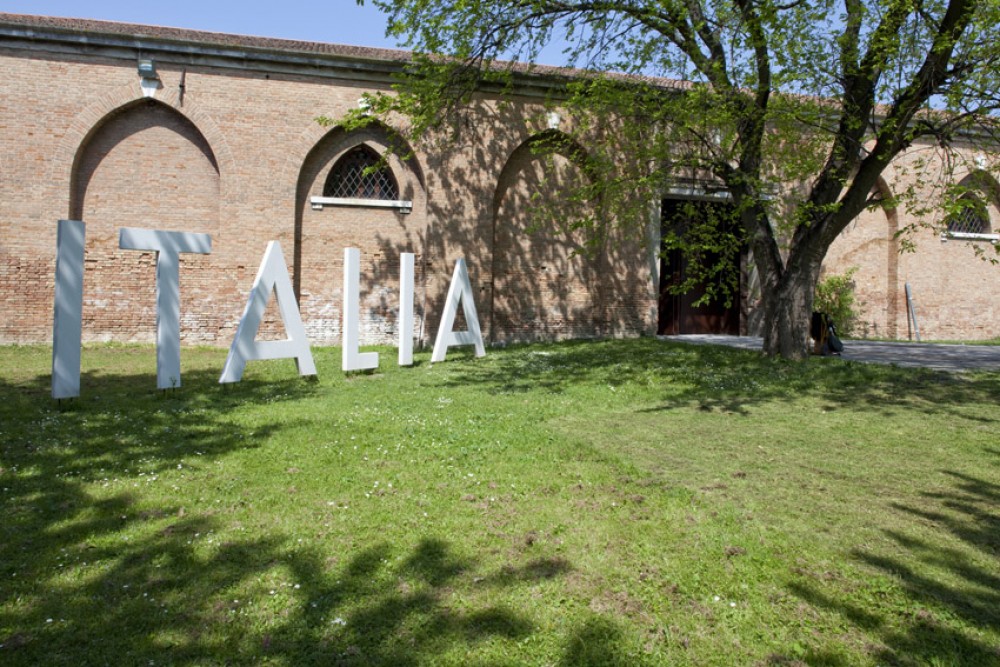
Within the Biennial and its collateral events and beyond the possible visual tours, for me the very first pathway of conjunction is the ILLUMInations International Exhibition and two other expositions.
Bice Curiger through ILLUMInations privileges the artists who have sharpened their own mind or have had a hunch “about the light produced by the encounter with the art, about the illuminating experience, about the epiphanies resulting from mutual connections and from cerebral appreciation”. The curatorial project contains, pursues the aims to create a participatory attendance of the people, suggesting a philological path about the poetic revelation of the light.
In such a sense the Biennial allows, beside the artists, the emergence of a wide-ranging reading introduced by other curators. On top of this I like to remind Targetti’s Artlight Collection and the relevant Ammon Barzel’s literature (1998) who put the contemporary path of the light creativity among the Manifesto of the Futurists and Piero della Francesca, Pontorno, Caravaggio and George de la Tour. For that project, the extreme language of the light has been represented by some artists who have gone on along the art of stage lighting such as Fabrizio Corneli.
The planning study of Bice Curiger identifies other origins and tracks a contemporary path starting from Gianni Colombo and from his vibrant concept of the light.
The study of Colombo, T group artist, is the heart of a light story that expresses any possible declinations according to the curator words, as in Jack Goldstein’s work (Untitled 1985) and up to Monica Bonvicini’s light accumulations and the neon modules of Navid Nuur.
The study of the light links to the white, to the artist Paolo Di Capua, has been living in Seoul (Korea) for some years now where he is carrying on his study about the white monochrome on a regular connection between the painting and the plain material, within the endless creativity of the white and its light. The artist confronts the monochrome with the plain materials working out the sight and the feel of the surface. A veiled path begins inside the woods becoming visual and musical doors of something beyond. Mr. Lucio Izzo, director of the Italian Cultural Institute in Korea, suggested Paolo Di Capua’s works according to a concept of a cultural identity, of a pictorial tradition known and appraised abroad. The artist covers the wooden tales with white veiling, tenuous contacts between space and body, whispers of matter into the sidereal quietness.
Among the collateral events, which give rise to some territorial reality, we have the Pino Pascali’s Foundation exhibition (Bianchi Michel Palace in Venice 1st June-31st July) directed by Rosalba Branà. It is the centre for the exhibition of Pino Pascali’s unpublished works divided into topic. Moreover there will be the installations upon the water subject that will be presented by a work of Domingo Milella.
The echoes of Pascali’s particular personality is the origin of the exhibition second section with a historic recognition of Pascali Prize awarded to prominent persons who have interacted with the artist. The third section illustrates the creative languages into Apulia Region where we have artists like Miki Carone, Daniela Corbascio, Claudio Cusatelli and to end up Massimo Ruiu, Giulio De Mitri and Iginio Iurilli among the others.
Reverting to Paolo Baratta’s words, the Biennial will offer a chance to know the transversal forces crossing the culture, bringing about some cohesion and professionalism in some dark periods of the art.
Vittoria Biasi
Art historian, critic and curator of international exhibitions
Translated by Salvatore Rollo – at salvatore_rollo@fastwebnet.it
..)(..
Testo di Vittoria Biasi
Una biennale ‘Illuminante’
La prima conferenza stampa ha ufficializzato le direttive della 54° Esposizione Internazionale d’Arte raggruppando le mostre in uno schema che procede nella creazione di pilastri espositivi, come li ha definiti il Presidente della Biennale di Venezia, Paolo Baratta.
Il primo è costituito dai Padiglioni dei Paesi che partecipano in modo permanente (28 con 30 Paesi titolari). Si aggiungono spazi all’interno dell’Arsenale o in luoghi di Venezia. I Paesi che hanno confermato l’adesione sono 88 e se il Giappone potrà essere presente con animo emozionato visiteremo l’opera di Tabaimo (vero nome Ayako Tabata).
Il secondo pilastro è costituito dalla mostra internazionale del curatore della Biennale Bice Curiger. Il curatore ha il pregio di portare per la prima volta in Biennale un percorso di luce, costruito attorno ad una ricerca filologica fino ai linguaggi contemporanei.
Il Terzo pilastro è costituito dal Padiglione Italia a cura del prof. Vittorio Sgarbi, che ha aperto lo sguardo della Biennale su realtà di artisti italiani che vivono all’estero, dando rilevanza agli Istituti di Cultura che rappresentano il panorama culturale all’estero, alle istituzioni no profit, agli Istituti, alle Accademie e Università, coinvolte nel discorso artistico – creativo. La Biennale si propone come un polo, un’occasione di partecipazione attiva che deve attraversare i mesi espositivi.
All’interno della Biennale e dei suoi eventi collaterali, oltre i possibili itinerari visivi, emerge per me un primo percorso di collegamento tra la mostra internazionale ILLUMInazioni e altre due esposizioni.
Il curatore Bice Curiger con ILLUMInazioni privilegia gli artisti che hanno affinato un pensiero, un’intuizione ‘sulla luce generata dall’incontro con l’arte, sull’esperienza illuminante, sulle epifanie derivanti dalla comunicazione reciproca e dalla comprensione intellettuale’. Il progetto curatoriale racchiude, impagina gli intenti di creare possibilità partecipative del pubblico, proponendo un percorso filologico sulla poetica rivelazione della luce.
In tal senso la Biennale fa emergere accanto agli artisti una lettura di ampio respiro, introdotta da altri curatori. Con ciò rammento Targetti Artlight collection e la relativa pubblicazione di Ammon Barzel (1998) che poneva l’itinerario contemporaneo della creatività della luce tra il Manifesto Futurista e Piero della Francesca, Pontorno, Caravaggio e George de la Tour. Il linguaggio estremo della luce, per quel progetto, è stato rappresentato da artisti che hanno proseguito nella direzione luministica, come Fabrizio Corneli.
Lo studio progettuale di Bice Curiger individua altre origini e traccia un percorso contemporaneo partendo da Gianni Colombo e dalla sua vibrante concezione della luce.
La ricerca di Colombo, artista del gruppo T, è l’epicentro di una storia di luce, che, nell’esposizione del curatore, manifesta le possibili declinazioni, come nell’opera di Jack Goldstein (Untitled 1985), fino alle accumulazioni di luce di Monica Bonvicini, ai moduli neon di Navid Nuur.
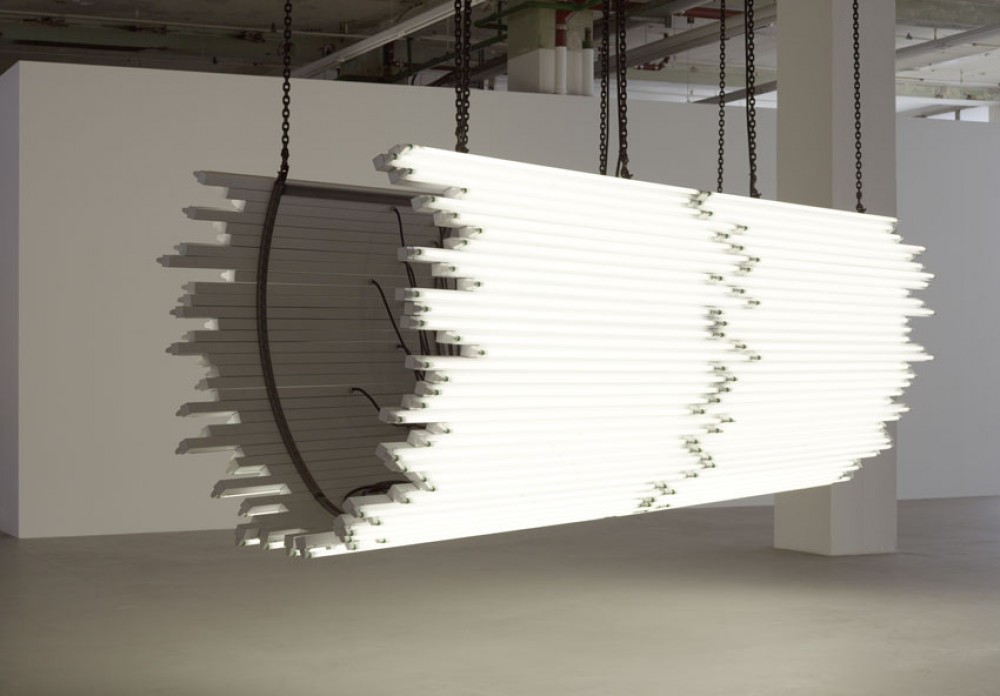
La ricerca della luce collega al bianco, all’artista Paolo Di Capua che, da vari anni vive a Seoul (Korea), dove prosegue la ricerca sulla candida monocromia in un rapporto costante tra pittura e materiale povero, nella creatività infinita tra il bianco e la sua luce. L’artista confronta la monocromia con i materiali poveri, estrapolando segni del vedere e del sentire la superficie. Nasce un percorso velato all’interno dei legni, che divengono porte visive, musicali di un oltre. Il direttore dell’Istituto di cultura italiano in Corea, dott. Lucio Izzo, ha proposto le opere di Paolo di Capua secondo un concetto di identità culturale, di tradizione pittorica riconosciuta, stimata all’estero. L’artista riveste, con bianche velature, le narrazioni lignee, conducendo i sussurri materici nei silenzi siderali, sottili incontri tra spazio e corpo.
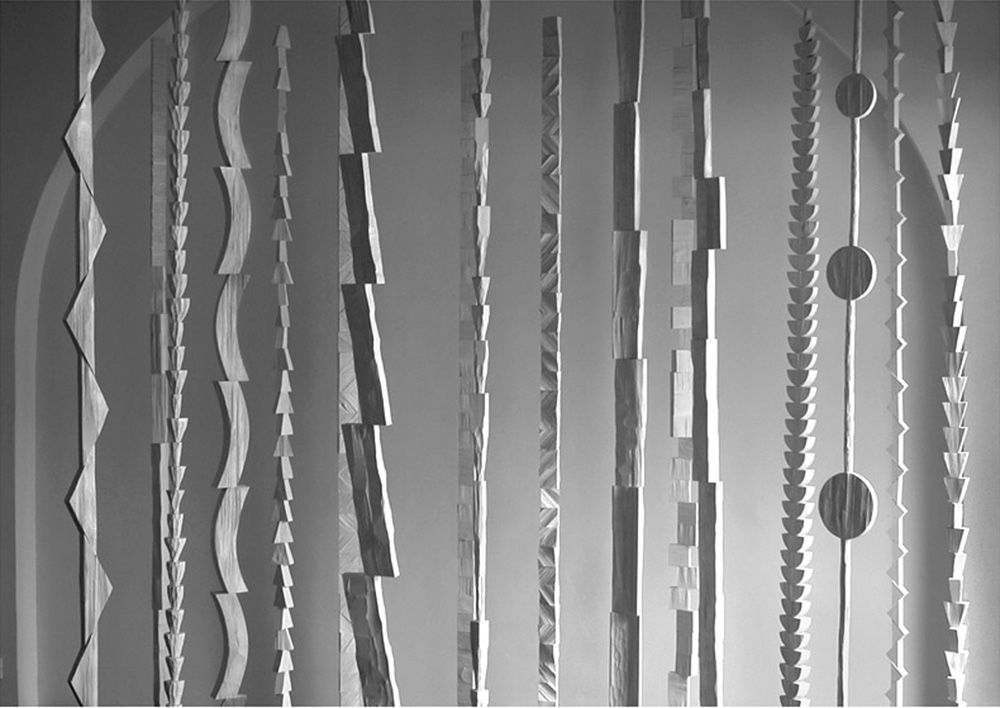
Tra gli eventi collaterali, che fanno emergere realtà territoriali, vi è la mostra della Fondazione Pino Pascali, diretta da Rosalba Branà, che, (1 giugno – 31 luglio, Palazzo Bianchi Michel di Venezia), ha la centralità nell’esposizione di opere inedite di Pino Pascali, suddivisa per tematiche. Saranno presenti inoltre le installazioni sul tema dell’acqua, introdotto da un’opera di Domingo Milella.
L’eco della particolare personalità di Pascali è all’origine della seconda sezione della mostra con una ricognizione storica del Premio Pascali conferito, negli anni, a personalità di rilievo, che hanno interagito con lo stesso artista. La terza sezione illustra i linguaggi creativi della Regione Puglia tra cui gli artisti Miki Carone, Daniela Corbascio, Claudio Cusatelli, fino a Massimo Ruiu, Giulio De Mitri, Iginio Iurilli.
Riprendendo le parole del Presidente Paolo Baratta, la Biennale offrirà una possibilità di conoscenza delle forze trasversali che attraversano la cultura, portando a livelli di coerenza e professionalità alcuni momenti celati dell’arte.
Vittoria Biasi
Storica dell’arte, critico e curatrice internazionale
Position the cursor on the images to view captions, click on images to enlarge them.
Posizionare il cursore sulle immagini per leggere le didascalie; cliccare sulle immagini per ingrandirle.

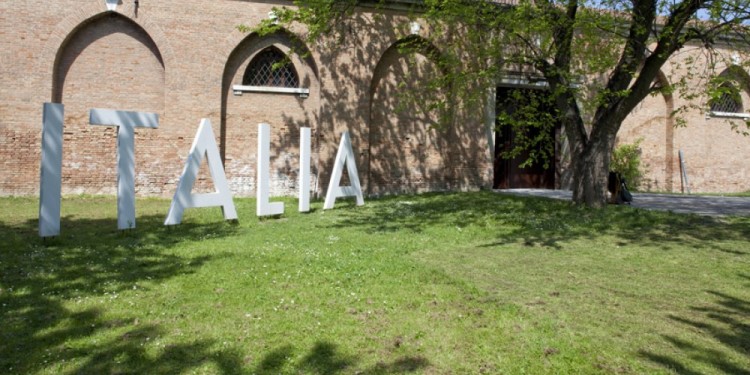
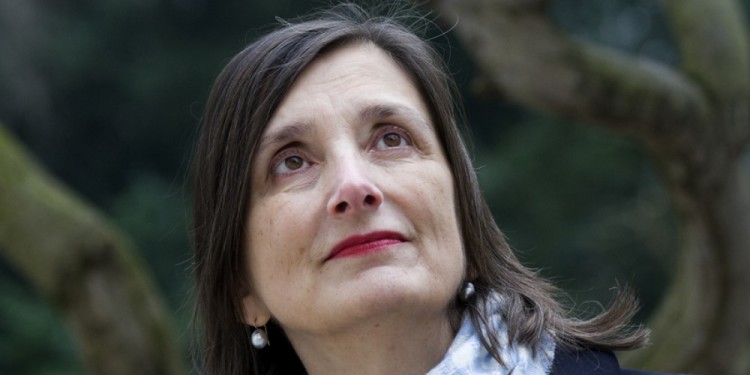
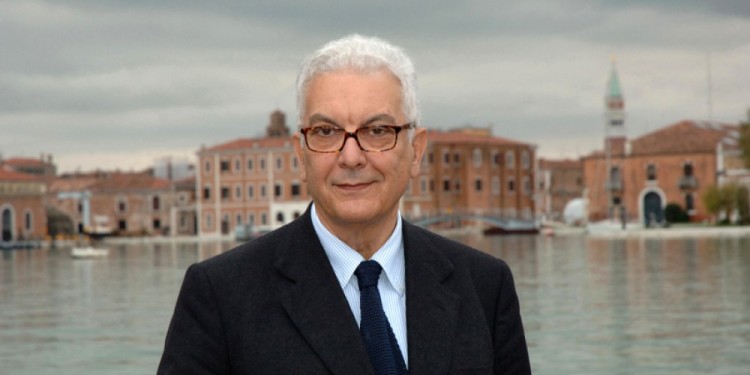
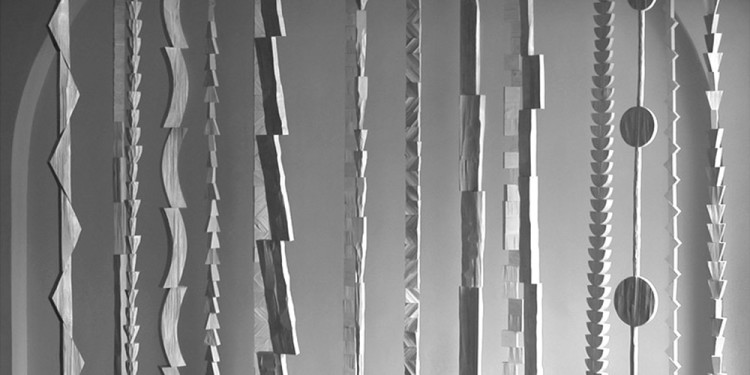
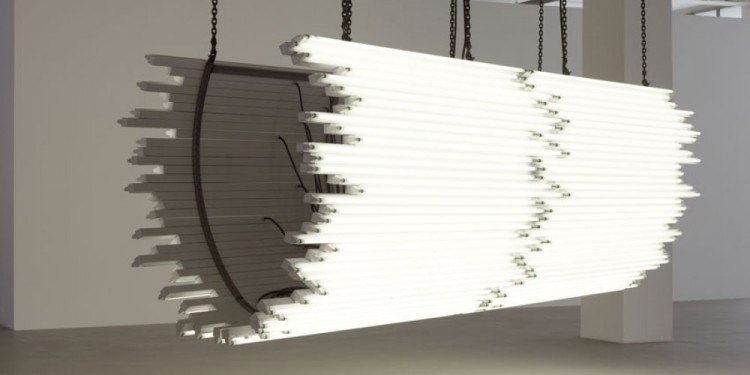
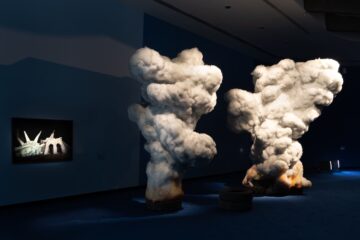
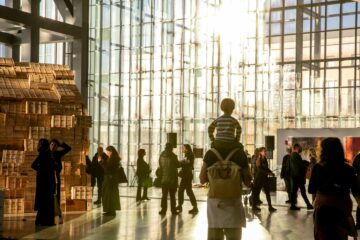
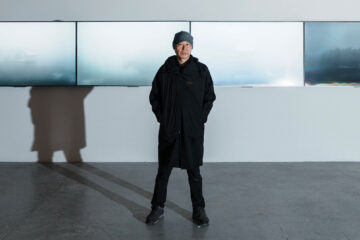
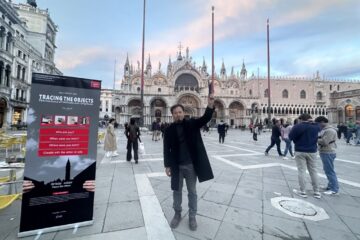

No Comment